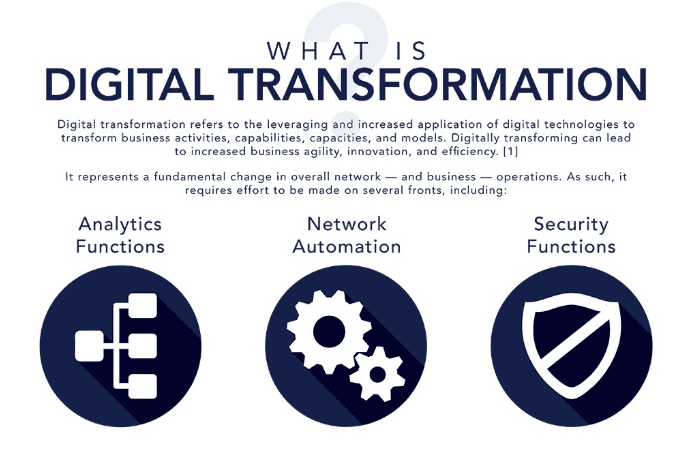
The role of the Chief Information Officer (CIO) has never been static and it is undergoing one of the most profound shifts in its history. Once viewed primarily as a back-office leader focused on IT operations, the expanding CIO role is now central to shaping how the business operates, competes, and grows.
CIOs today are expected not only to manage technology but also to drive business outcomes, reduce technical debt, and create competitive advantage through innovation. In many organizations, CIOs are being recognized as both chief information and digital officers, working closely with other executives to ensure that technology decisions directly align with revenue drivers and long-term business strategy.
From IT Managers to Strategic Leaders
Historically, CIOs concentrated on IT infrastructure keeping systems up and running, managing budgets, and ensuring compliance. While those responsibilities remain, the evolved role requires CIOs to influence and execute strategic decisions at the highest level.
According to McKinsey and Korn Ferry research, today’s CIOs are expected to act as transformation leaders. They are no longer simply supporting business strategy; they help design it. By embedding data analytics, generative AI, and cutting-edge technologies into core operations, CIOs are becoming critical architects of innovation.
Digital Transformation as a Core Mandate
Few trends highlight the expanding mandate of the CIO as clearly as digital transformation. No longer a side project, digital transformation is now a top priority for boards and CEOs. The CIO plays a key role in selecting tools, aligning investments, and ensuring that transformation delivers measurable business outcomes.
Generative AI, for example, is being rapidly deployed to improve customer experience and streamline operations. CIOs who understand how to balance emerging technologies with risk management will set their organizations apart. Whether it’s applying automation to reduce costs or building scalable data architectures, CIOs are expected to help the business move faster while avoiding long-term technical debt.
Driving Growth Through Emerging Technologies
CIOs are uniquely positioned to identify how technology can serve as a growth engine. The ability to leverage data analytics to uncover new revenue drivers or deploy cutting-edge platforms for improved customer engagement can directly affect a company’s bottom line.
Today’s CIOs often work closely with Chief Marketing Officers, Chief Financial Officers, and Chief Operating Officers to ensure that innovation is aligned with organizational goals. This collaboration reflects a shift: CIOs are no longer just technology officers; they are business leaders who drive revenue and competitive advantage.
Balancing Risk and Innovation
As the expanding CIO role grows more influential, so do the risks. InformationWeek notes that failure to deliver on transformation initiatives can put the entire organization at risk. From cybersecurity threats to mismanaged cloud migrations, the stakes are higher than ever.
The CIO must balance innovation with operational excellence, ensuring that risks are managed while pursuing bold strategies. This requires clear communication, strong vendor management, and a commitment to continuous learning.
The Human Side of the CIO Role
Technology alone does not deliver transformation. Today’s CIOs must focus on culture as much as systems. They are expected to cultivate digital literacy across the organization, inspire teams, and help employees embrace change.
By acting as translators between technical experts and business leaders, CIOs create alignment that leads to better decisions and stronger outcomes. Their leadership directly influences how employees adapt to new platforms, adopt emerging technologies, and deliver on the promise of transformation.
What the Future Holds
Looking ahead to 2028, CIO.com predicts that CIOs will evolve into fully transformational leaders. They will be tasked not only with keeping the lights on but also with guiding their organizations into uncharted markets and business models.
We can expect CIOs to take on even broader responsibilities, with many serving as chief innovation or digital experience officers. The ability to integrate technology seamlessly into every aspect of operations will define success.





